Accelerated Warming of the Continental Shelf Off Northeast Coast
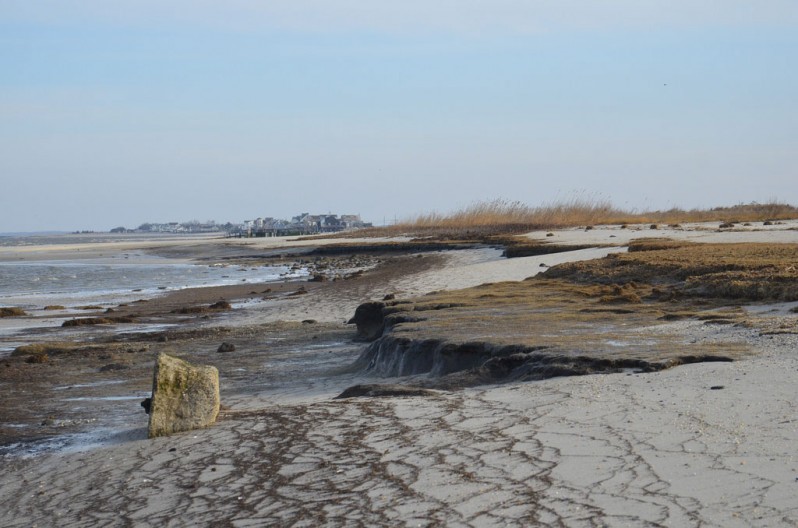
A couple of unexplained large scale changes in the waters off the northeast coast of the U.S. have oceanographers perplexed: an accelerated rate of sea level rise compared to most other parts of the world; and the disturbing signs of collapsing fisheries in the region.
15 Facts About Sea Level Rise; A CNN Report
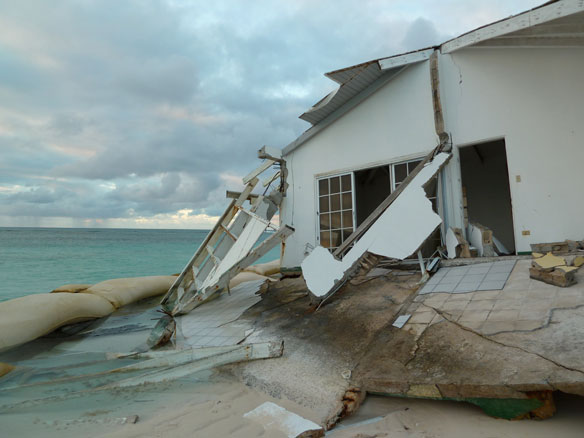
We’re talking about the future here, so estimates vary by source, but the bottom line is this: Our actions today will create the world future generations will have to inhabit. Here’s a look at some of the scariest data about how much ocean levels could rise, and when.
Last Call for Larsen B
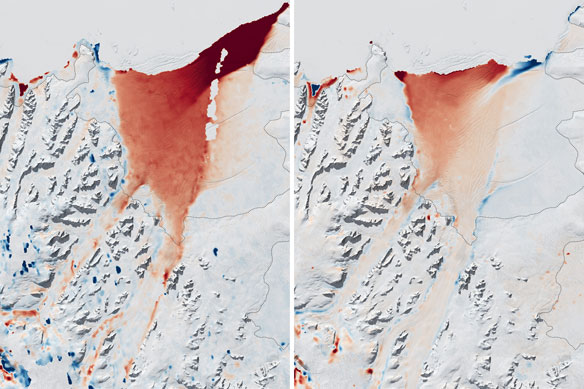
Located on the coast of the Antarctic Peninsula, the Larsen B remnant is about 1,600 square kilometers (625 square miles) in area and as much as 500 meters (1,640 feet) thick. This last remaining section of Larsen B Ice Shelf, which partially collapsed in 2002, is weakening and is likely to disintegrate completely before the end of the decade.
Greenland Ice Loss: Follow the Water
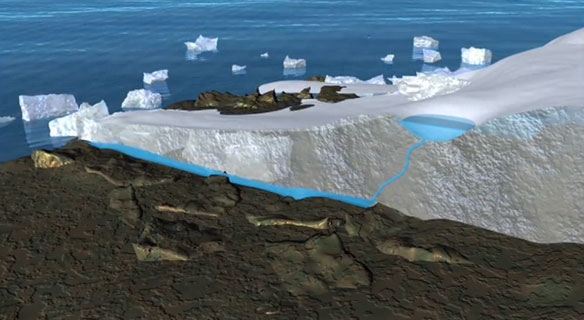
In Greenland, scientists who wish to understand ice loss will follow the water. Greenland mass loss is rising exponentially and leading to higher sea level rise. A video by Yale Climate Forum.
Sudden Draining of Glacial Lakes Explained
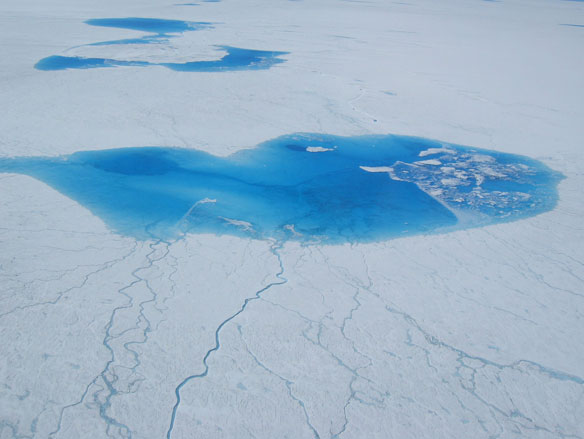
In 2008 scientists from WHOI and the University of Washington documented for the first time how the icy bottoms of lakes atop the Greenland Ice Sheet can crack open suddenly—draining the lakes completely within hours and sending torrents of water to the base of the ice sheet thousands of feet below. Now they have found a surprising mechanism that triggers the cracks.
El Niño Can Raise Sea Levels Along U.S. Coast
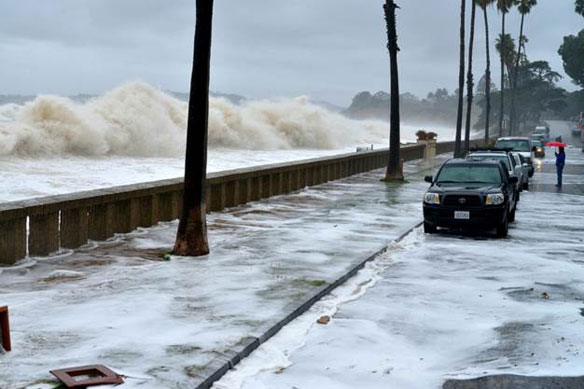
A new study has found that the cyclical climate phenomenon can ratchet up sea levels off the West Coast by almost 8 inches over just a few seasons.
Nature Confronts Politics in North Carolina
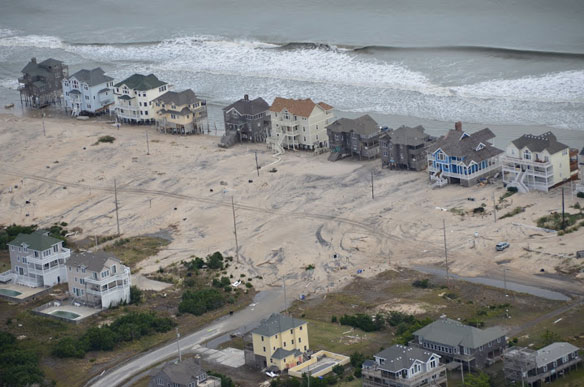
As local politicians underestimate rising sea levels, coastal communities are coming up with their own plans.
Sudden and Rapid Ice Loss Discovered in Antarctica

Scientists have observed a sudden increase of ice loss in a previously stable region of Antarctica. This makes the region the second largest contributor to sea level rise in Antarctica and the ice loss shows no sign of waning.
Sea Level is Rising Fast – And It Seems to be Speeding Up
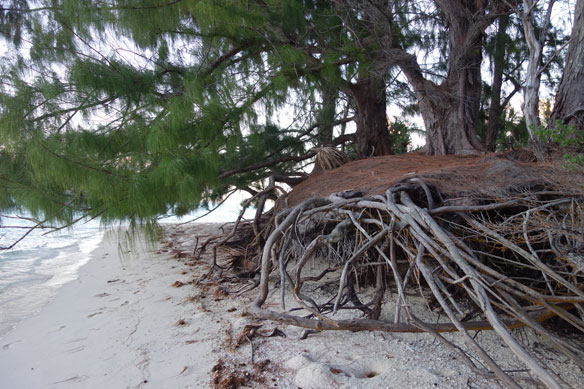
Many observations have shown that sea level rose steadily over the 20th century – and at a faster rate than over the previous centuries. It is also clear from both satellite and coastal observations that seas have risen faster over the past two decades than they did for the bulk of the 20th century.
